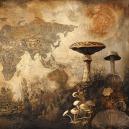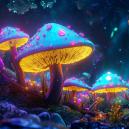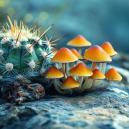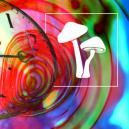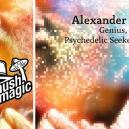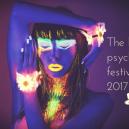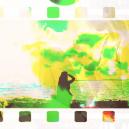A Global History Of Psychedelics
Published :
January 22nd, 2025
Categories :
Research

Psychedelics have been used for potentially as long as human beings have walked upright. Here, we're going back 9,000 years and travelling the globe, spotlighting just how widespread psychedelic use has really been.
There is much that unites all humanity—much more than there is that divides it. One of the many binding elements is our love of psychedelics, which, throughout much of the modern world, is spoken of quietly and actively suppressed by governments. But rest assured, humanity does and always has loved psychedelic drugs.
Here, we’re taking a very brief look at the global history of psychedelic drugs in an attempt to dispel the impression they’ve just been discovered by “Western science”.
A WORLD VIEW ON PSYCHEDELICS
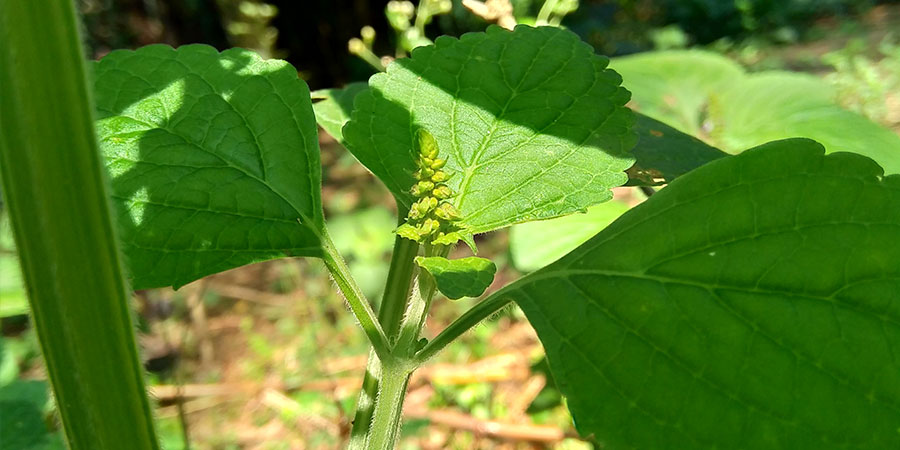
You’d be forgiven for thinking that the use of psychedelics is a fairly modern phenomenon, perhaps with a few historical cases related to semi-mythological cultures. However, the reality is that psychedelics have been used throughout human history, by people of all cultures, ethnic groups, religions, and so on. In fact, it might be accurate to say that cultures that have been entirely free of psychedelic use are the anomalies (and arguably may not even exist at all).
So, given that psychedelic use is a very common and shared human behaviour, below we’ll take a look at how psychedelics have been used throughout history in different cultures, and what impact these substances have had on global societies and religions.
But before we go any further, a disclaimer. We simply don’t have space here to go into the full history of psychedelics around the world (that would be a life’s work), but instead we’ll zip around the globe and pick out some highlights that demonstrate the use of psychedelics as a universal phenomenon among human beings.
ASIA
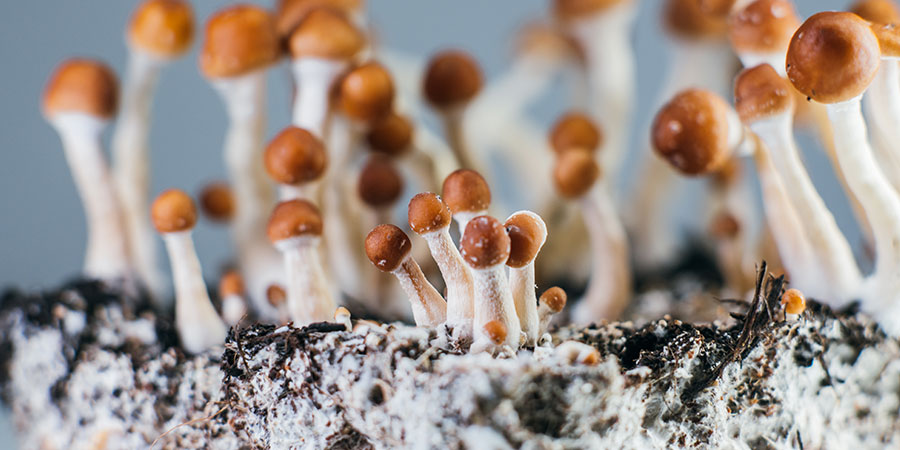
Asia has a rich history when it comes to psychedelics. From the northern tundras of Siberia to the tropical heat of India, there is evidence that psychedelic fungi have been an integral part of various cultures for millennia.
Starting in the north, there is copious evidence (including contemporary usage) that Siberian shamans used Amanita muscaria (fly agaric) mushrooms in ritualistic, religious practices. This same mushroom is also thought to be an integral part of Soma, an elixir used by ancient Hindus that is referenced in the Rig Veda, an important Hindu text that is thought to be around 3,000 years old.
In modern day South East Asia, Psilocybe cubensis mushrooms are commonly consumed by locals, and there is no reason to believe that the consumption of this ancient fungus is a modern occurrence.
These examples only touch on the continued use of psychedelics in Asia, but they attest to how time-honoured and widespread a practice it is.
SOUTH AMERICA
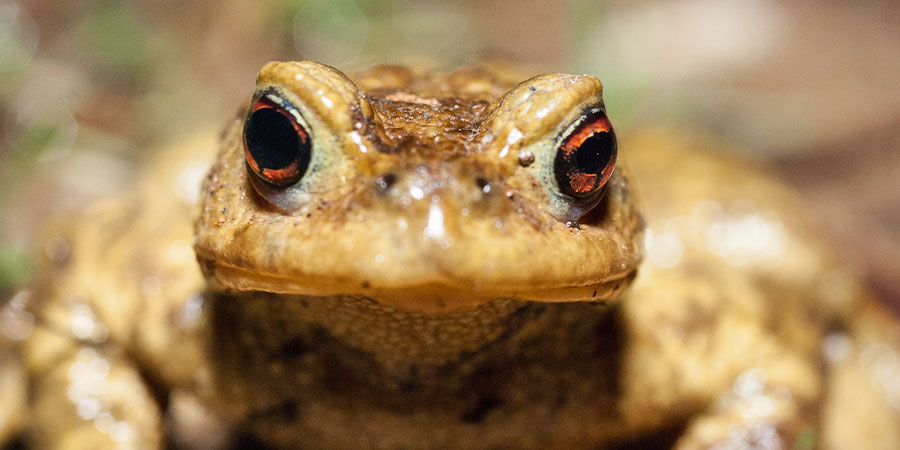
South America is perhaps the continent with the most well-known psychedelic history. From the deserts of Central America to the dense jungles of the South, this continent has an intimate relationship with some of the most powerful psychedelic substances on the planet. What’s more, many of these practices have continued, unabated, up to the modern day.
There are three psychedelics we’ll briefly discuss here: trippy toads, mushroom-eating Maya, and ayahuasca brewing cultures.
In the Sonoran desert of Mexico lives the Sonoran desert toad. This toad excretes 5-MeO-DMT, a powerful psychedelic drug that can be imbibed simply by licking the back of the toad. However, much safer is to collect, dry, and smoke the excretions. Historically, the Comcaac people have used this compound in their spiritual practices.
The Maya peoples of South America famously used Psilocybe cubensis magic mushrooms in their religious practices, among many other drugs. The earliest usage dates back to around 1000 BCE, meaning there’s at least 3,000 years of usage associated with this drug, and probably much more.
Indigenous groups of the Upper Amazon region have long brewed ayahuasca, a psychedelic concoction that contains the active ingredient n,n DMT (different to 5-MeO-DMT). Perhaps more than any other traditional psychedelic practice in the world, this has captured the imagination of the modern world, and as such droves of people flock to the jungle each year to partake in ayahuasca ceremonies.
And a special shout-out to the cultures that used and continue to use psychedelic cacti containing mescaline!
AFRICA
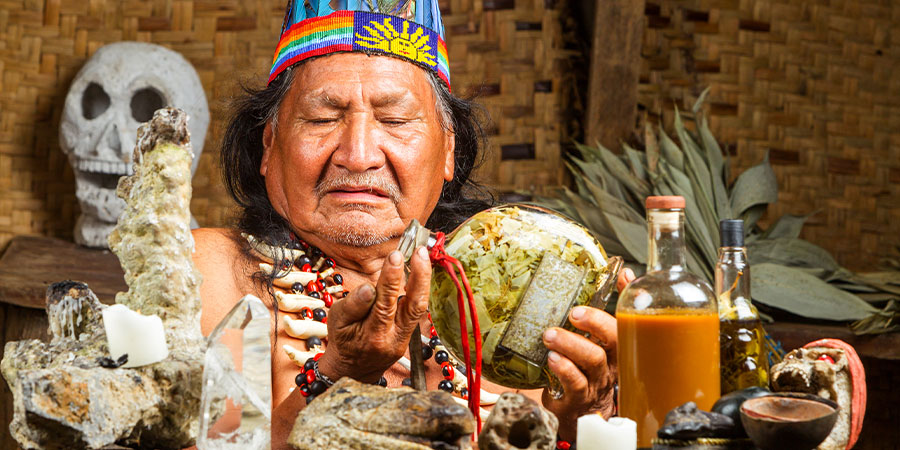
Africa is not often associated with psychedelics, at least not from without. However, the first known records of humans using psychedelics comes from the African continent. The Tassili n’Ajjer cave paintings were discovered in an Algerian cave and are thought to date back to around 7000 BCE, making them about 9,000 years old. These paintings depict a bee-headed creature with many mushrooms protruding from its hands, and are generally thought to imply the use of psychedelic mushrooms. If this is the case, they point to a long and illustrious relationship between magic mushrooms and human beings.
But there is much more than this. For instance, Zulu and Sotho cultures are known to have used a range of visionary plants to induce visions and commune with spirits. These plants, most of which are toxic, include:
• Brachylaena elliptica (selathi): The Zulu use the roots of this plant to treat hysteria in South Africa.
• Cussonia paniculata (Umsenge): The Sotho use the leaf for treating early nervous and mental diseases in South Africa. It’s used across South Africa to treat mental disorders.
• Helichrysum decorum (Imphepho): Smoke from burning plants is inhaled by Zulu diviners (izangoma) to induce a state of deep relaxation used when divining.
• Turraea floribunda (wild honeysuckle tree, Madlozana): Roots are used by diviners to enter the “neurotic” state needed for divining dances.
EUROPE
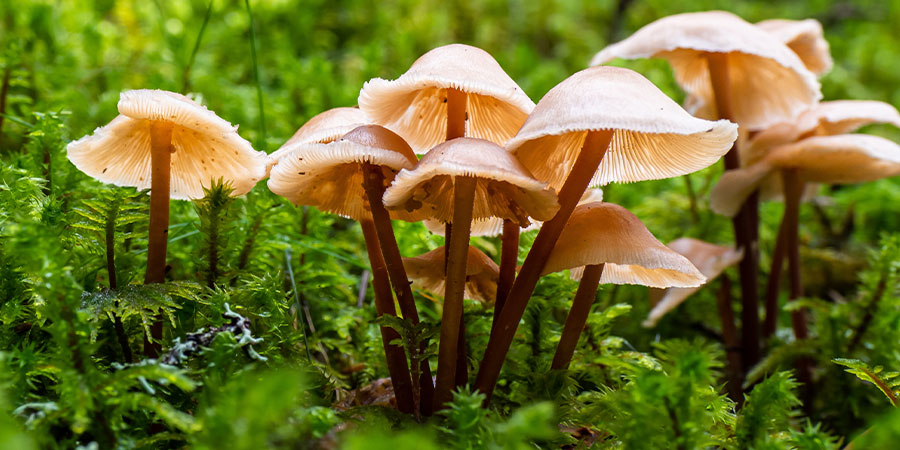
Europe, on the whole, is a continent that’s pretty detached from its history. Seeing itself as the definition of modernity, it erases its own rich history, including its psychedelic histories.
Take the Druids of Britain. These cultures, about whom fairly little is known, are thought to have had a profound relationship with Psilocybe semilanceata (Liberty Caps), a potent species of magic mushroom that grows in the soaking wet, acidic soil of Western Britain.
Furthermore, strands of hair found in 3,000-year-old burials in Menorca have tested positive for alkaloids atropine, scopolamine, and ephedrine. The first two come from the nightshade family and the latter from joint pine. This is some of the oldest direct evidence that ancient peoples were definitely consuming psychedelic drugs.
NORTH AMERICA
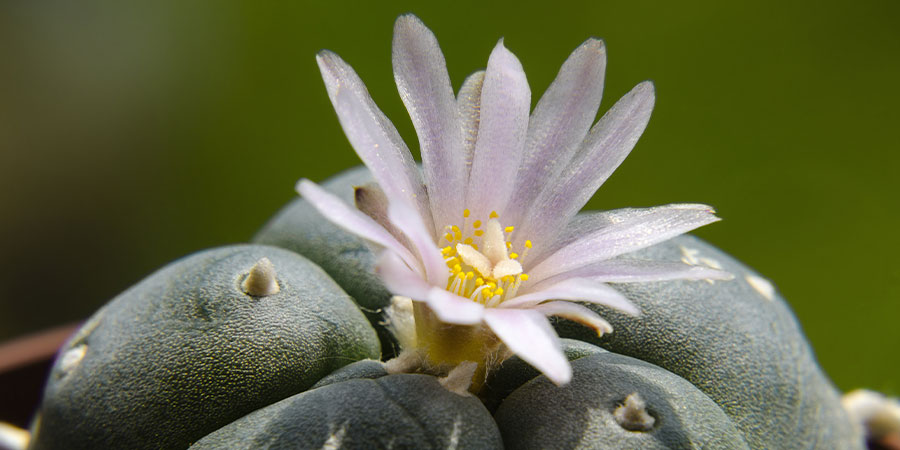
We return to the Americas, but this time North to the US and Canada. Once again making the cut in the psychedelic toad, which is also native to the deserts of Texas. Similarly, peyote, the most famous of the mescaline-containing cacti, is also native to the deserts of Texas and has long been used by Comanche and Kiowa peoples. It is still used up to this day to induce vision quests.
The Arapaho and Iowan groups used mescal beans due to their hallucinatory effects. In practice, this often culminated in what is known as the “Red Bean Dance”, a traditional communal practice. These beans are thought to have been used for around 9,000 years, although these numbers are uncertain.
Datura, known as toloache, is a deliriant that can induce powerful hallucinogenic visions. Used mostly by groups in the South West, particularly the Zuni, it is a sacred plant used by priests and shamans.
HOW AND WHERE ARE PSYCHEDELICS USED TODAY?
Psychedelics are still used all over the world—their usage has never stopped, even if for many people these substances seem to have sprung into the collective consciousness in the last ten years, or since the 60s. The reality is that they became popular with Europeans and North Americans during these periods—but this is a tiny fraction of their history.
So psychedelic use is as varied today as it has always been. However, recently, modern science has started to look seriously once again at these compounds and, due to positive findings, is lending them an air of legitimacy that they've long lacked in much of the North Western world. As such, even the most drug-averse people are open to the idea that these drugs may, in fact, have some use.
Who knew?
IS PSYCHEDELIC USE CHANGING?

Psychedelic use is changing, in more ways than one. While most people who use these drugs find some degree of spirituality in their usage, the rise of microdosing has introduced a novel way of consuming psychedelics for functional purposes. Pseudo-science has blended with capitalism’s fetishism of productivity, efficiency, and wellness, giving rise to the trend that is microdosing—a very modern phenomenon. This isn’t to say it is without merit; merely that the impulse behind its use is not so spiritual.
But that being said, certain South American cultures used to rip the hearts from living slaves during their mushroom ceremonies, so it hasn’t always been hand-holding in meadows.
What’s more, the rise of social media means the world has shrunk, and so psychedelic tourism is another new phenomenon. There are benefits and drawbacks to this, and indeed it’s a nuanced conversation on a social and economic level. Above all this, though, is a simple truth—that human beings of all sorts still love tripping, and there’s a beauty to that.
WHERE IS THE PSYCHEDELIC MOVEMENT HEADED NEXT?
Hopefully, the loud “psychedelic renaissance” will invite some members of communities that have long used psychedelics to share their views on what these drugs have to offer. As long as these substances are only approached from the perspective of Western science, much will be lost. And as this article has shown, there’s at least 9,000 years worth of knowledge about psychedelics out there—we just need to find it!





